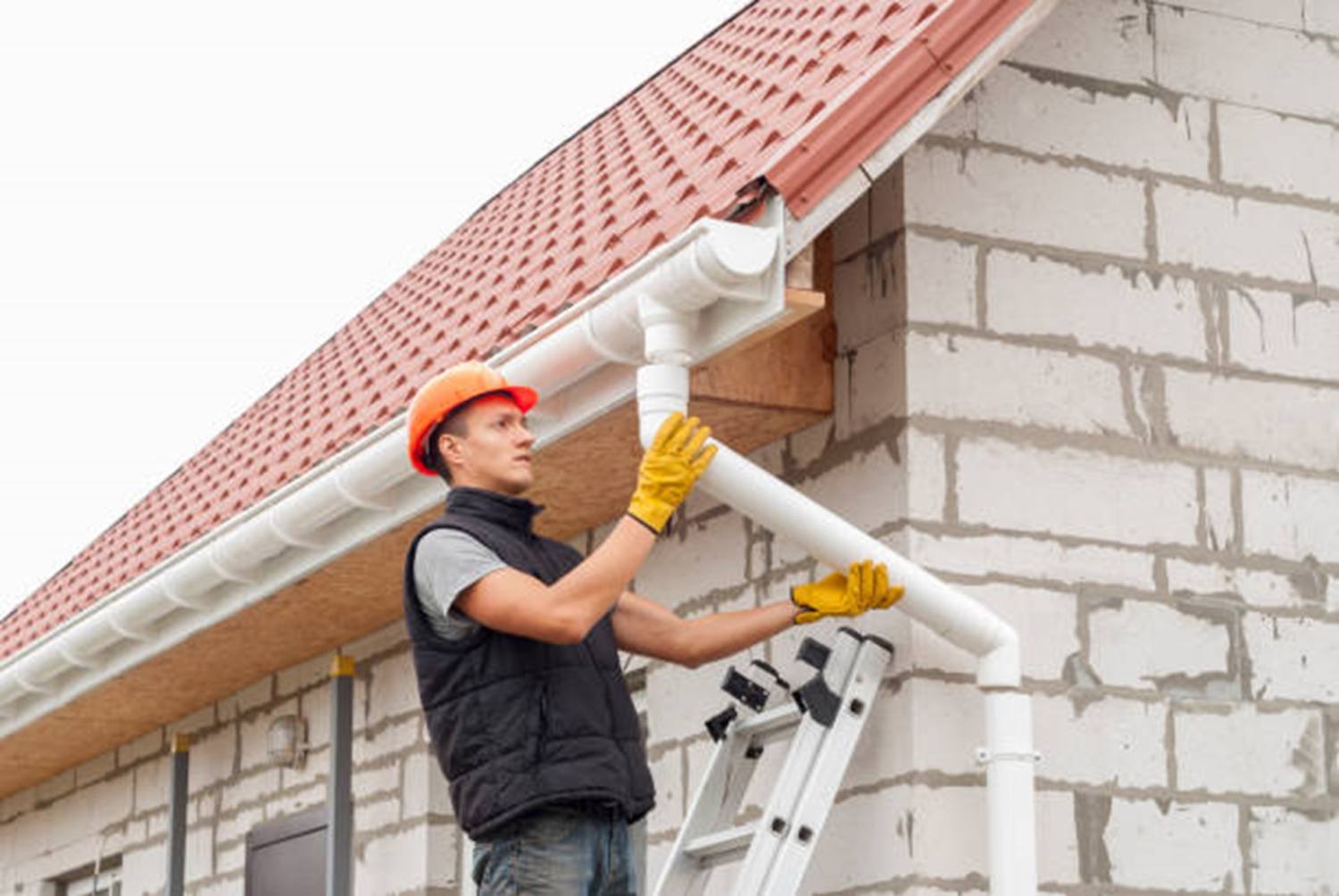How Gutter Installation Experts Ensure Proper Drainage for Your Home?
Gutter installation is crucial to maintaining a home’s structure and foundation. Properly functioning gutters prevent water from accumulating around the home, which can lead to costly damage and other problems. We will explore how gutter installation professionals ensure proper drainage for your home, focusing on key elements such as the installation process, the materials used, and the importance of regular maintenance. Understanding these aspects can help homeowners make informed decisions about their gutter system and ensure long-term protection against water damage.
Assessing Your Home’s Unique Drainage Needs
Before beginning the installation process, professionals assess the unique drainage needs of your home. Each property has challenges based on the roof slope, local weather conditions, and the surrounding landscape. Wind Gap office experts start by examining the roofline to determine the optimal placement of gutters. The goal is to direct rainwater efficiently from the roof to downspouts, preventing water from overflowing or pooling in unwanted areas. Factors like nearby trees and vegetation are also considered, as leaves and debris can clog the system. By conducting a thorough assessment, gutter professionals ensure the installation is tailored to your home’s requirements, optimizing drainage performance.
Selecting the Right Materials for Durability and Functionality
The materials used for gutters significantly affect their effectiveness and longevity. Gutter installation professionals are well-versed in various materials, from aluminum to copper to vinyl, each with advantages and drawbacks. They guide homeowners in selecting the most suitable material based on climate, budget, and desired aesthetic. Aluminum gutters are lightweight and resistant to corrosion, making them an ideal choice for most homes. On the other hand, copper gutters are durable and provide a unique look, but they come at a higher cost. By choosing the right material, professionals ensure the gutter system performs well under various weather conditions while complementing the home’s overall look.
Ensuring Proper Gutter Slope for Effective Water Flow
One of the most important aspects of gutter installation is ensuring that the system is properly sloped. Gutter installation professionals know that gutters must slope towards the downspouts to allow rainwater to flow freely. If the slope is incorrect, water can pool in certain areas, leading to overflows and potential damage to the roof and foundation. The general rule is that gutters should slope about a quarter inch for every 10 feet of length, but this may vary depending on the size and layout of the roof. Professionals use specialized tools and their knowledge of drainage systems to install gutters at the correct angle, preventing water from collecting in the wrong places.
Proper Downspout Placement to Direct Water Away from the Home
In addition to the gutter slope, the placement of downspouts is another critical factor in ensuring proper drainage. Downspouts are the channels that direct rainwater from the gutters down to the ground. Gutter installation professionals pay close attention to downspouts’ locations to ensure water is carried away from the home’s foundation. If downspouts are not placed properly, water can pool around the foundation, leading to erosion, flooding, and structural damage. Professionals consider the home’s layout, the proximity of landscaping, and the slope of the ground to determine the most effective placement of downspouts. In some cases, they may install additional downspouts or extensions to improve water flow further and prevent damage to the home.
Read more : How to Order French Roast Coffee Online
Ensuring Gutter System Durability and Maintenance
A properly installed gutter system requires ongoing maintenance to ensure it continues to function correctly. Gutter installation professionals understand the importance of regular inspections and cleaning to keep the system from debris and clogs. Over time, leaves, twigs, and other debris can accumulate in the gutters, obstructing the flow of water and causing backups. Experts recommend cleaning gutters at least twice yearly, especially in areas with heavy tree coverage. Additionally, they may offer services like gutter guard installation to prevent debris from entering the system in the first place. By prioritizing maintenance, homeowners can extend the life of their gutter system and avoid costly repairs or replacements due to neglect.
Handling Unique Drainage Challenges
Some homes may present unique drainage challenges requiring additional attention during gutter installation. For example, homes in areas prone to heavy rainfall or snowmelt may need a more robust gutter system to handle the increased volume of water. In these cases, professionals may recommend larger gutters or additional downspouts to ensure the system can accommodate the water flow. Similarly, homes with flat roofs or unconventional designs may require custom gutter systems tailored to the roofline and drainage needs. Gutter professionals are skilled in addressing these unique challenges and ensuring that the gutter system is properly designed and installed to handle the specific demands of each home.
Proper gutter installation is essential for maintaining the integrity of your home and preventing costly water damage. We have explored how gutter installation professionals ensure efficient drainage by assessing your home’s unique needs, selecting the right materials, ensuring proper slope and downspout placement, and emphasizing the importance of maintenance. By understanding these key elements, homeowners can make informed decisions about their gutter system and ensure long-lasting protection against the elements. Regular inspections and timely maintenance can help keep your gutters functioning properly, safeguarding your home from water-related issues.

